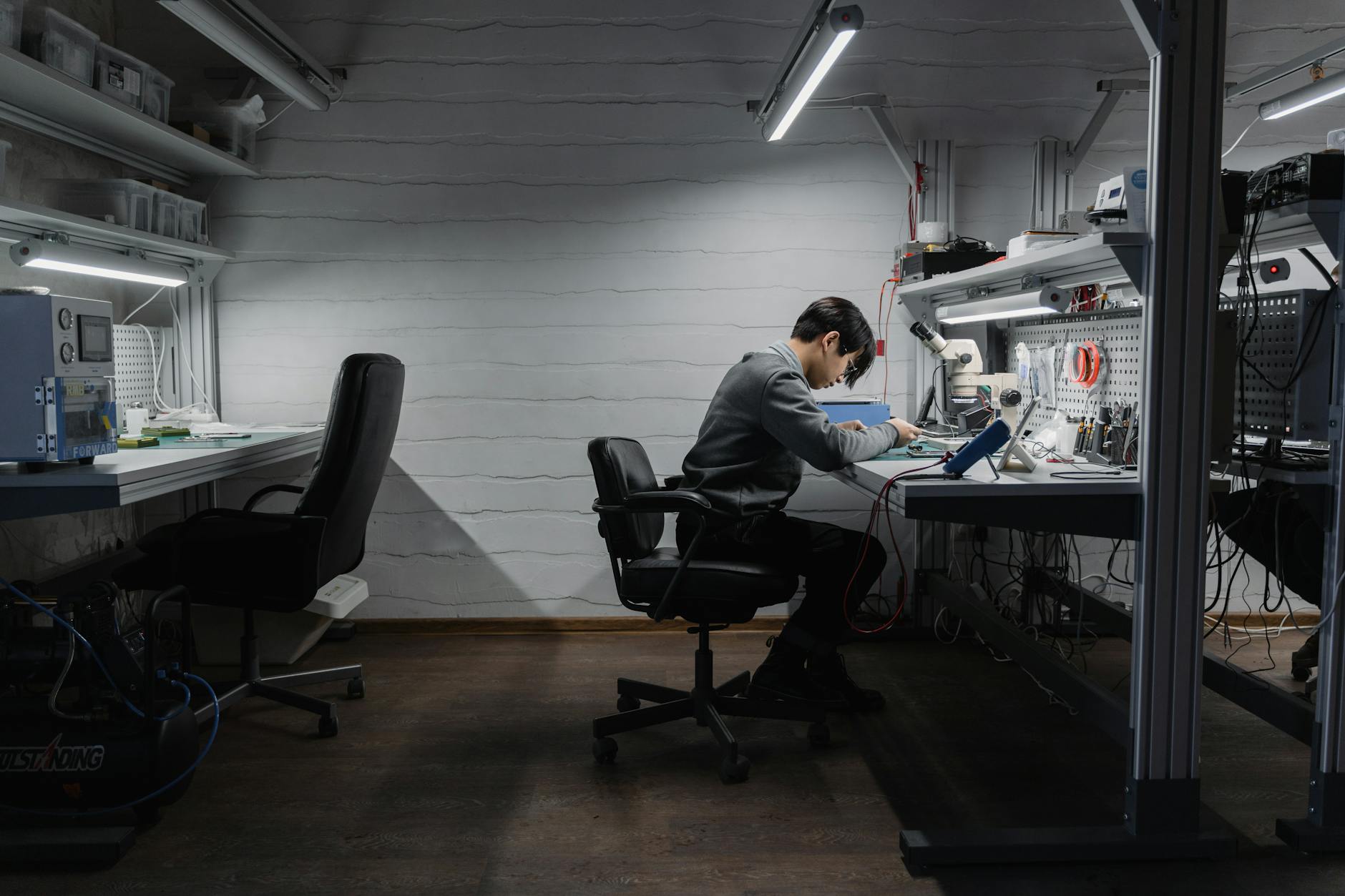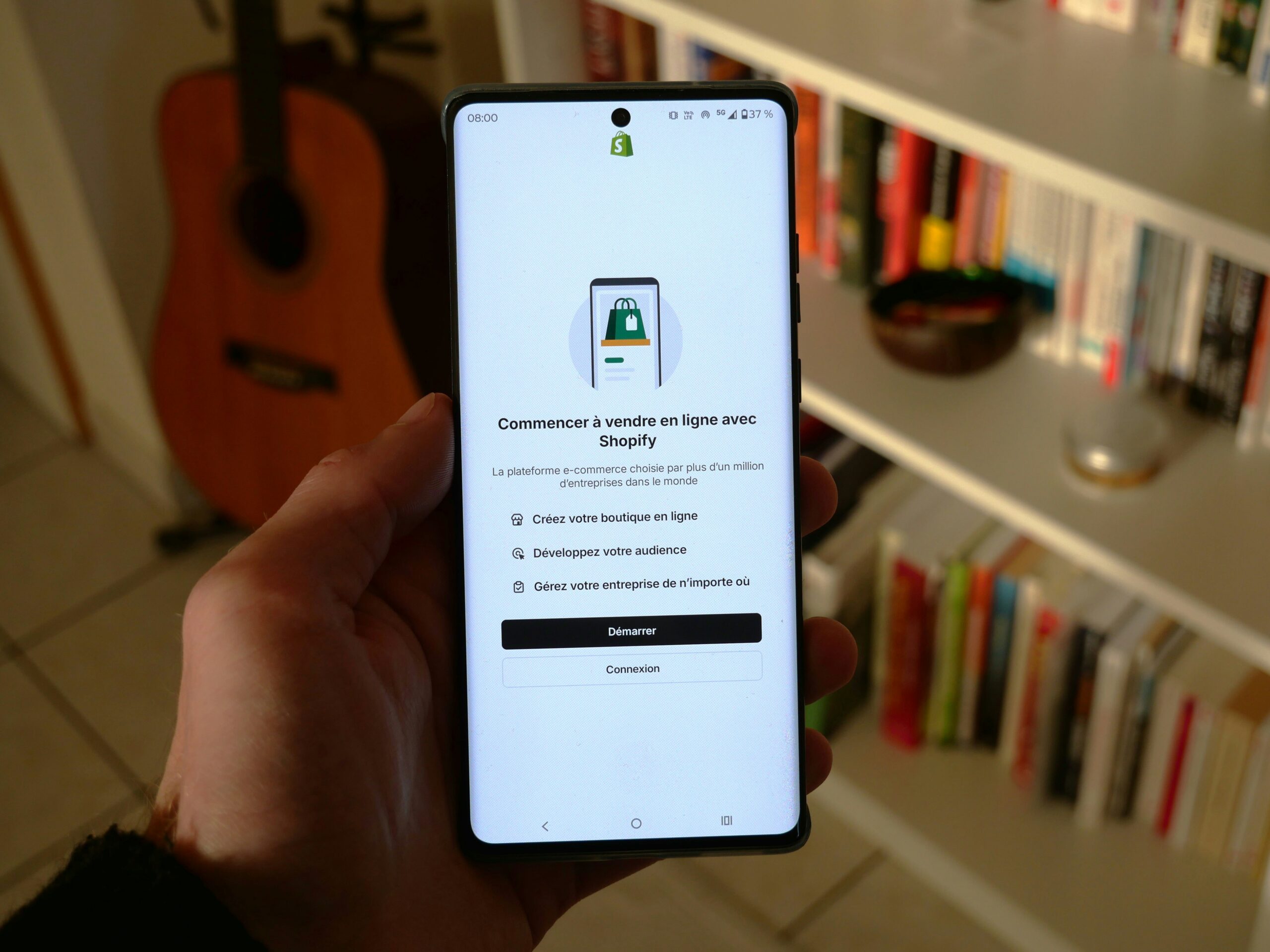Developing the Art of Mindfulness
Mindfulness is more than just sitting still and trying to stop your thoughts. It’s about noticing life as it unfolds in front of you. When you slow down, breathe deeply, and bring awareness to the present moment, you give yourself the gift of calm clarity.
You don’t have to be a meditation expert or sit on a mountain to practice mindfulness. You can start exactly where you are, with whatever time you have available.
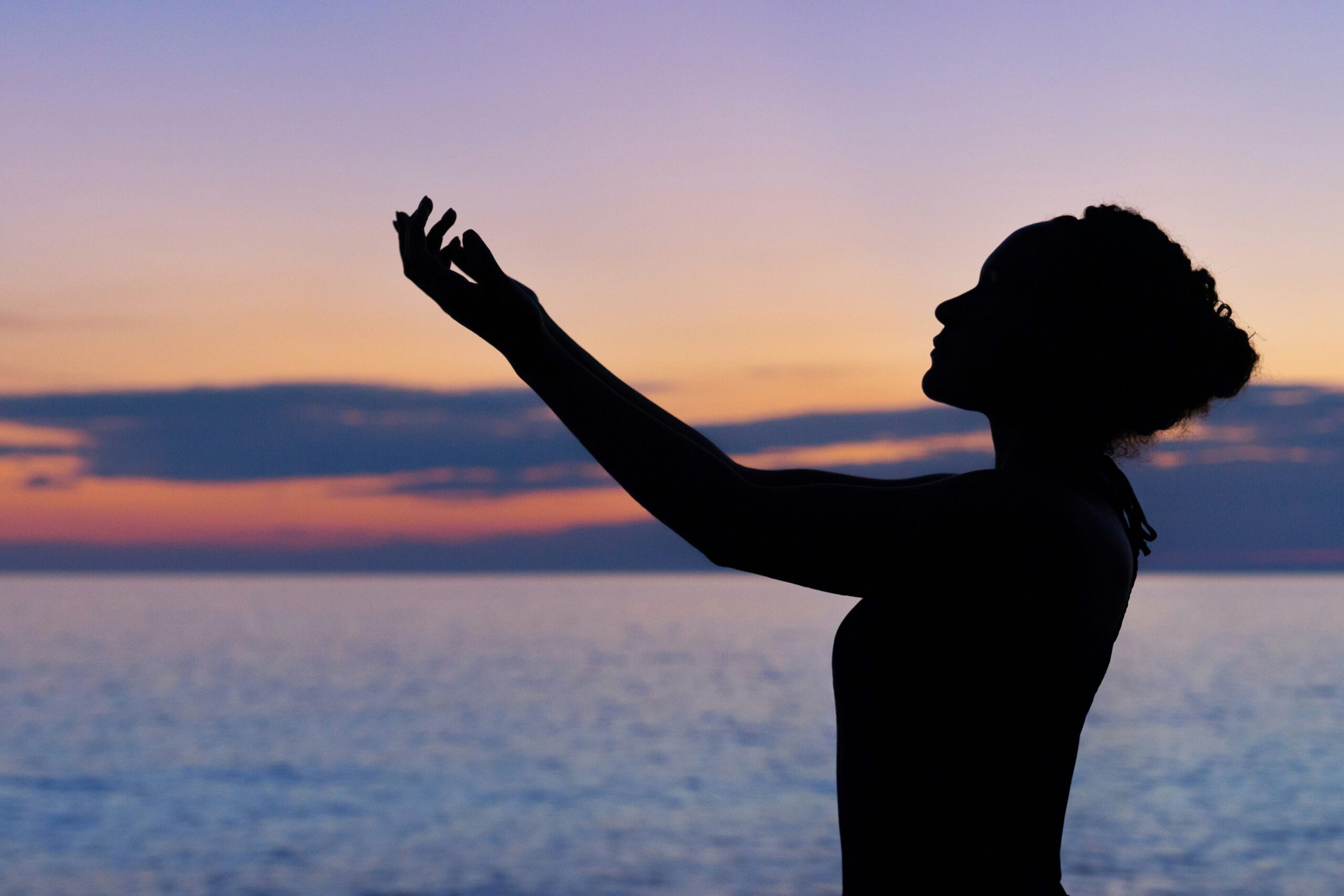
Many people who take energy healing courses often discover that mindfulness is the foundation of their learning. That’s because when you’re mindful, you can tune into your own inner energy more clearly. You stop rushing and start paying attention, and suddenly you realize how much lighter and more connected you feel.
Why Mindfulness Matters in Everyday Life
Mindfulness helps you enjoy your daily life in a way that feels fuller and more rewarding. You stop worrying so much about the past, and you stop stressing about the future, which gives your mind room to breathe. Instead of scrolling endlessly on your phone or multitasking until you feel overwhelmed, you can pause and focus on one thing at a time.
Think about how different a meal tastes when you actually notice each bite compared to when you’re distracted. That’s mindfulness in action, and it can completely change how you experience even the smallest moments. The same applies to conversations, creative projects, or even your walk to the grocery store. Every ordinary moment becomes a chance to feel more alive.
Practicing mindfulness doesn’t mean you’ll suddenly become a calm monk who never feels stress again. You’re still human, and life will always bring challenges. The difference is, you’ll have tools to help you stay grounded when things feel chaotic. That ability to return to your breath and reset your focus is exactly what makes mindfulness so powerful.
Simple Ways You Can Practice Mindfulness Daily
One of the best things about mindfulness is that you don’t need fancy equipment or a complicated routine. You can start right now with just a few simple habits.
Try beginning your day with a short breathing exercise. Before reaching for your phone, close your eyes, take a deep breath, and notice how your body feels. Even one minute of this can set a calmer tone for the whole day.

Another easy method is mindful walking. Next time you go outside, instead of rushing, pay attention to the ground beneath your feet. Notice the sounds around you, the way the air feels on your skin, and the rhythm of your steps. This simple exercise can bring you back to the present moment faster than you might expect.
Journaling can also be a mindful practice. Write down what you’re grateful for, how you’re feeling, or even just small details from your day. By putting your thoughts on paper, you create space in your mind, and that can bring you surprising clarity.
When you explore energy healing courses, you’ll often find that mindfulness exercises are woven into the lessons. They help you connect with your inner energy and build awareness that supports every healing technique you learn.
Learning Self-Healing Techniques Step by Step
When you think of self-healing, you might imagine something complicated, mysterious, or even a little intimidating. The truth is, self-healing can be simple, approachable, and even enjoyable when you learn it step by step. You don’t need to be an expert or have decades of experience to start exploring this practice. You only need patience, curiosity, and the willingness to pay attention to your mind and body.
Many people find that energy healing courses give them the structured guidance they need to start practicing self-healing with confidence. The beauty of learning in a step-by-step way is that you don’t feel overwhelmed, and each new technique builds naturally on the last. Over time, you discover how powerful small daily practices can be in creating balance, calm, and resilience in your life.
Step One: Understanding Your Energy
The first step in learning self-healing is to understand the idea of energy within your body. Think of it like an invisible current that flows through you, affecting your mood, focus, and even physical well-being.
When that flow is smooth, you often feel balanced, centered, and positive. But when the flow gets blocked by stress, tension, or emotional clutter, you may feel tired, irritated, or simply “off.” By starting with this awareness, you lay the foundation for every other healing technique you’ll explore.
You can begin by simply sitting quietly and noticing how your body feels. Pay attention to areas of tightness, restlessness, or comfort. This simple practice alone helps you connect more deeply with yourself and prepares you for the next step.
Step Two: Breathing as a Healing Tool
Breathing sounds like the easiest thing in the world, but mindful breathing is a powerful self-healing tool that many people overlook. When you breathe with awareness, you calm your nervous system, reduce stress, and help energy flow more freely throughout your body.
A great exercise is the 4-7-8 breathing method. You inhale for four counts, hold your breath for seven counts, and then exhale slowly for eight counts. Doing this just a few times can help you feel calmer and more centered.
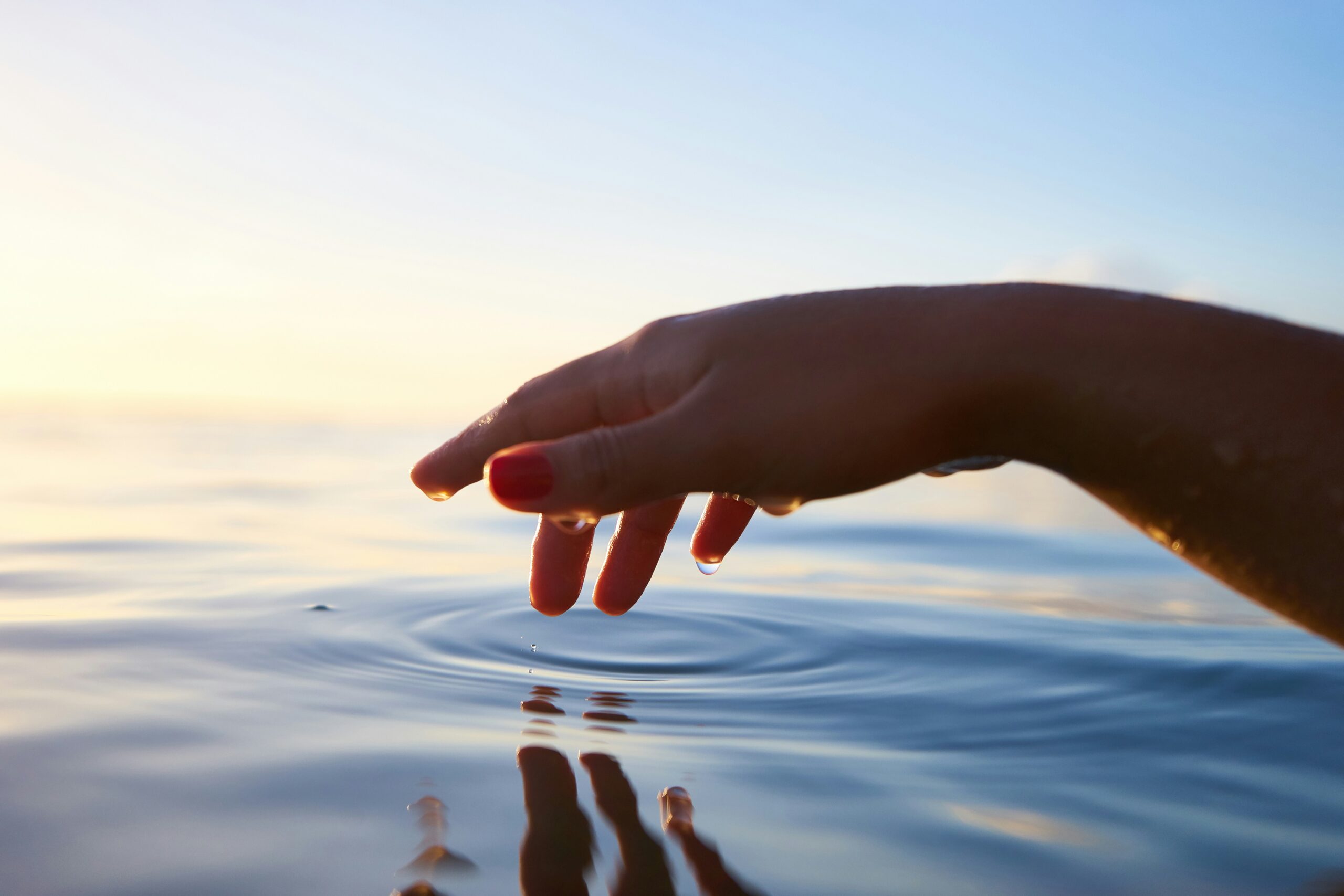
When you explore energy healing courses, you’ll notice that breathwork is almost always included as one of the key foundations. That’s because without steady and mindful breathing, it’s much harder to shift your energy into a healing state.
Step Three: Gentle Movement and Energy Flow
Your body holds on to stress, and movement can help release it. You don’t need to be an athlete or a yoga expert to benefit from simple movement. Gentle stretches, mindful walking, or slow hand movements can create space for energy to flow more easily.
A helpful exercise is to imagine that you’re brushing away negative energy with your hands. You sweep your palms gently over your arms or torso, moving downward as though you’re letting stress slide right off you. It may sound playful, but you’ll often feel lighter afterward.
Many students who take energy healing courses find these small physical exercises surprisingly effective. When you combine mindful awareness with simple movement, your body and mind respond with gratitude, and you feel more relaxed.
Step Four: Practicing Visualization Techniques
Visualization is another powerful self-healing step. Your mind can create real changes in your body when you focus on positive, calming images. For example, you could imagine a warm golden light surrounding your body, gently dissolving stress and filling you with peace.
You can also visualize energy moving freely through your body like water flowing in a clear stream. These images not only relax you but also encourage your body to respond in ways that support healing.
Visualization may feel unusual at first, but the more you practice, the more natural it becomes. With time, you’ll notice how easily you can shift your mindset by picturing calm, healing images.
Step Five: Creating a Daily Practice
The final step is about consistency. Self-healing isn’t a one-time event you try when you feel stressed. It works best when it becomes a daily habit. Start small, and don’t pressure yourself to do everything perfectly. Even five minutes of mindful breathing or visualization can make a real difference.
You could set aside a short time in the morning or evening to practice. Over time, these moments add up and create a rhythm of calm that supports you every day. The more consistent you are, the more natural self-healing will feel, and the easier it becomes to return to balance when life gets hectic.
Building Long-Term Mindfulness Habits
Mindfulness works best when it becomes part of your everyday routine rather than something you only practice when you feel stressed. Start small, be consistent, and build on it over time.
For example, you could set a reminder on your phone to pause and breathe deeply three times a day. You might create a cozy corner at home where you sit quietly for ten minutes with no distractions. Or you could use everyday tasks like washing dishes or drinking tea as chances to slow down and practice mindfulness.
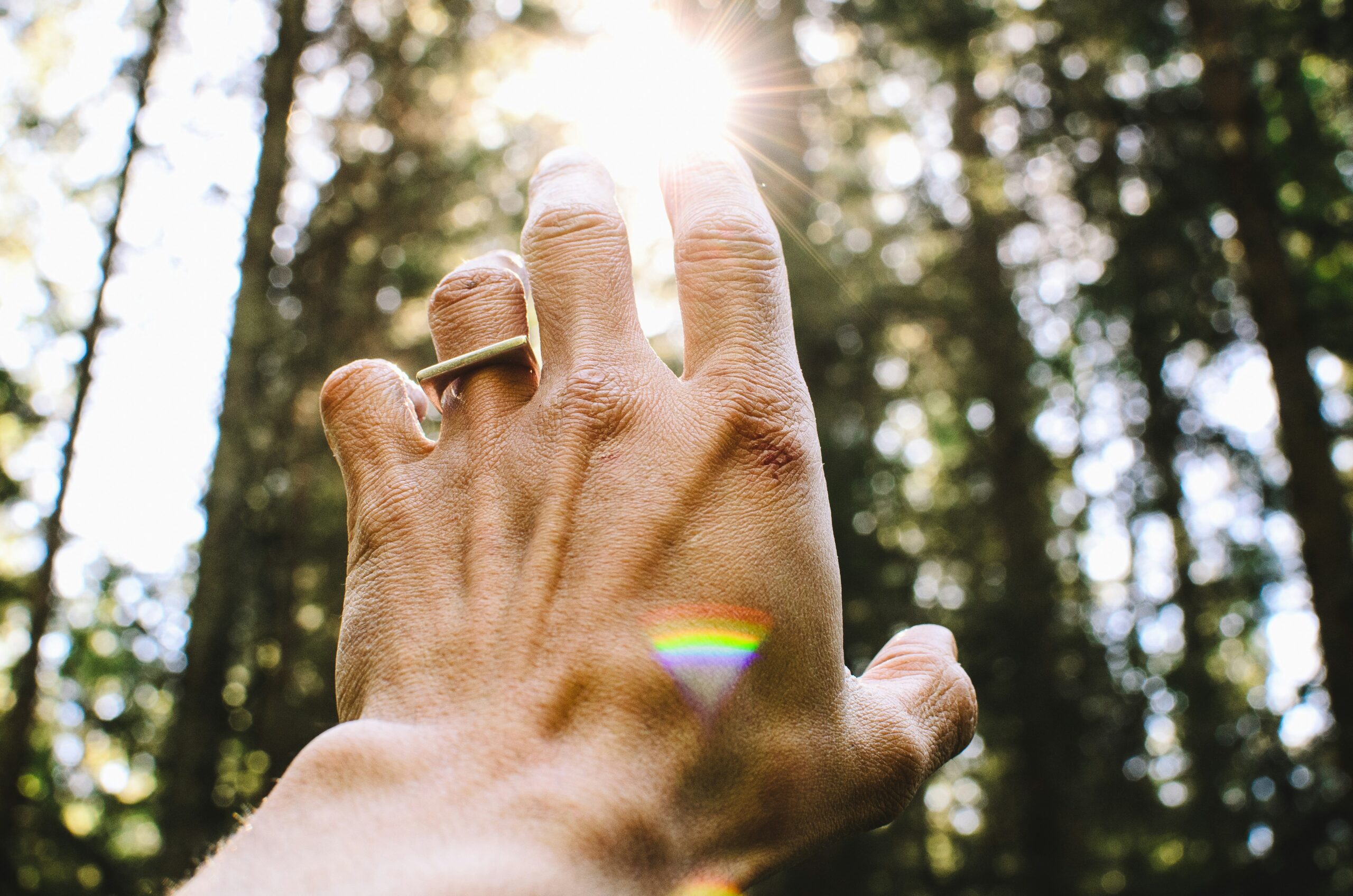
The more you practice, the easier it becomes to slip into that calm, focused state of awareness. Over time, you’ll notice that you react differently to challenges. You may feel more patient, less anxious, and more open to whatever comes your way.
When combined with techniques taught in energy healing courses, mindfulness can even deepen your connection to yourself and to others. It can help you notice energy shifts more clearly, stay centered during healing practices, and bring a sense of balance into your everyday life.
Bringing Calm Into Your Busy Mornings
You know those mornings when everything feels rushed, your coffee spills, and you can’t find your keys? That’s when energy healing can really help. By taking a simple pause, placing your hands over your heart, and breathing deeply, you invite calm into your body before the chaos grows. It doesn’t need to be complicated, and you’ll notice how quickly your energy shifts when you give yourself even a minute of gentle focus. You can apply what you’ve learned from energy healing courses to make mornings smoother, lighter, and less stressful.
Reducing Stress During Work or Study
Workdays and study sessions often come with long hours and stressful deadlines. Instead of letting your mind spiral, you can practice a short energy reset. Close your eyes, place your hands on your temples, and imagine bright light flowing through your body, washing away tension. This technique takes less than five minutes and works anywhere—even at your desk. You’ll feel sharper, calmer, and more focused. When practiced consistently, these small rituals become your secret tool for navigating tough tasks without feeling drained. Energy healing becomes not just a practice but a reliable support system for your daily routine.
Improving Sleep and Relaxation at Night
After a busy day, your mind often refuses to slow down, making sleep harder than it should be. This is where energy healing can turn evenings into restful experiences. By lying in bed and placing your hands gently on your stomach, you create warmth that signals your body to relax. You can imagine energy flowing in rhythm with your breath, calming both your body and mind. Over time, this becomes a bedtime ritual that helps you fall asleep faster and enjoy deeper rest. The beauty is that you can adapt what you’ve learned in energy healing courses into nightly habits that feel personal and soothing.
Supporting Relationships and Communication
Everyday life isn’t just about work and rest—it’s also about how you connect with people around you. When conversations get tense or emotions run high, energy healing can help you stay grounded and patient. Try visualizing a bubble of light around yourself during stressful interactions, protecting your energy while allowing compassion to flow outward. This doesn’t mean ignoring the problem, but it helps you respond calmly instead of reacting impulsively. By practicing this, you’ll notice smoother communication, deeper understanding, and stronger relationships. Energy healing reminds you that self-care also improves how you show up for others.
Boosting Confidence in Small Daily Decisions
Even small choices like deciding what to eat or whether to take a new opportunity can sometimes feel heavier than they should. Energy healing helps you tune into your intuition by clearing mental clutter. Simply place your hands near your solar plexus—the center of personal power—and ask yourself what feels light and right. By listening closely, you strengthen your ability to trust yourself. This habit builds confidence not just in small choices but also in bigger decisions that shape your life. It’s like having an inner compass that grows clearer with every practice.


